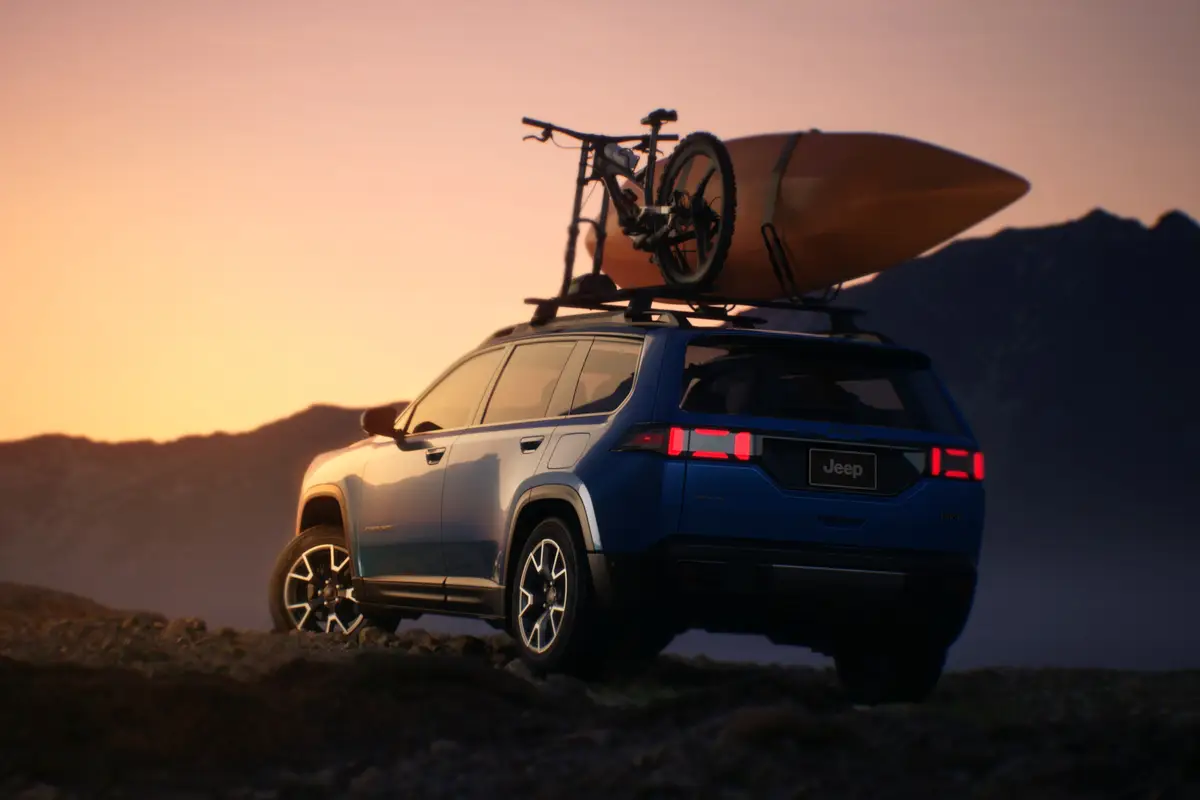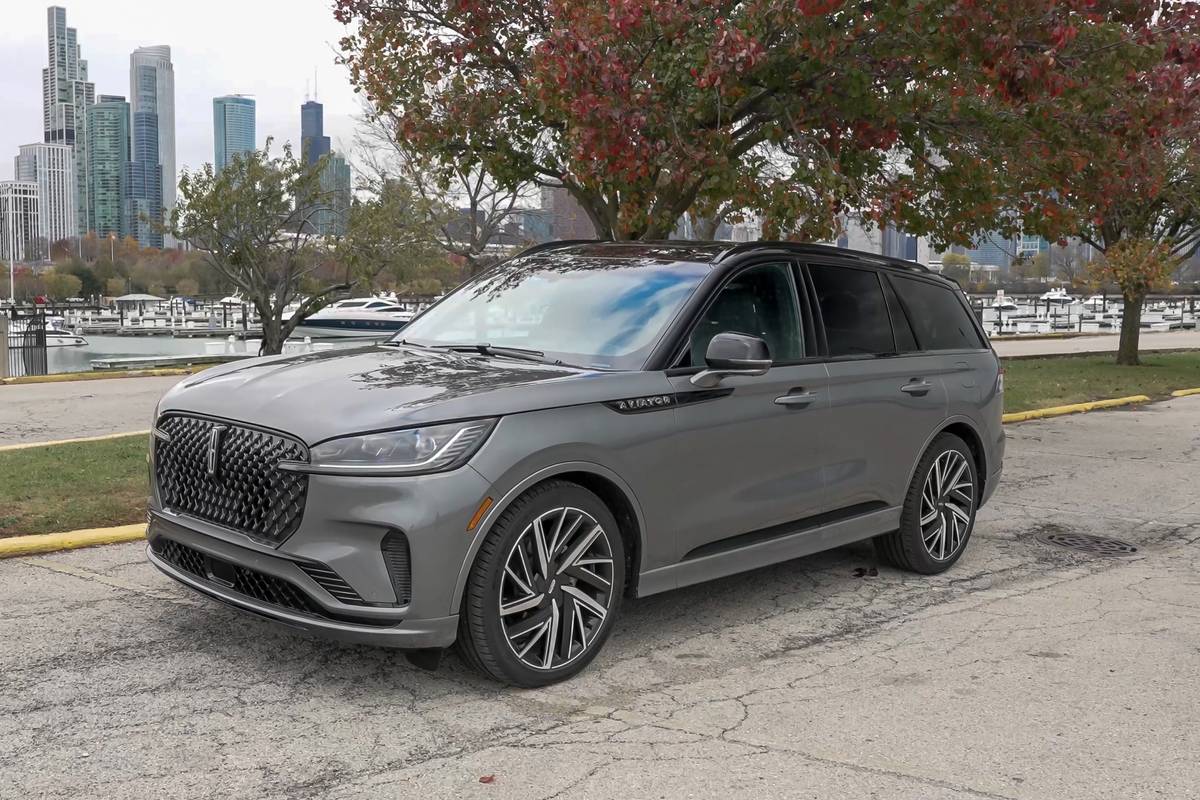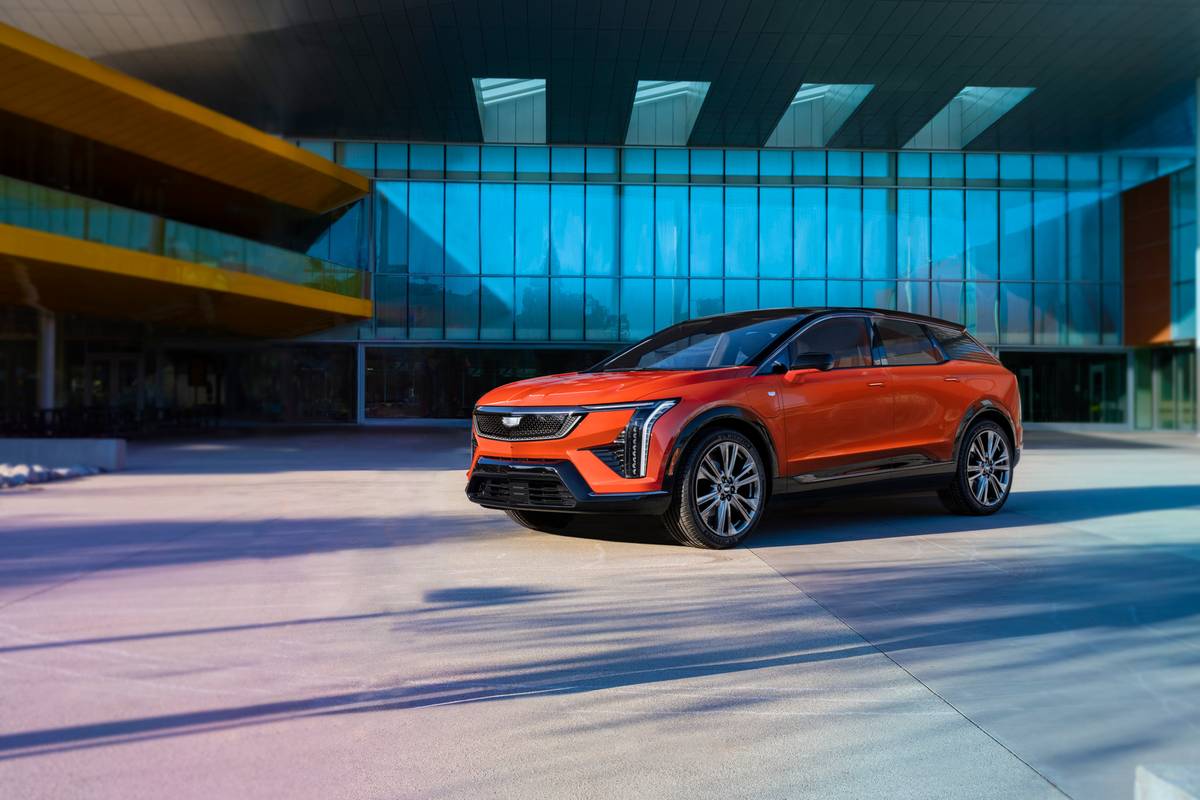KansasCity.com's view
Slapping a fastback roof onto a two-seat roadster is a fairly simple recipe for creating a handsome coupe.
Porsche added a roof to the Boxster to create the Cayman, and BMW has just added a roof to the Z4 to create the Z4 Coupe.
The Z4 Coupe and Cayman, however, are sophisticated conversions that are way more complicated than just adding a roof over the driver’s head. They are substantial redesigns, and each has resulted in a car that has a distinctly individual personality.
The Z4 roadster was one of BMW’s first examples of “flame surfacing,” or adding reverse contours to existing surfaces to create visual excitement and motion.
One of the most impressive things about the Z4 Coupe is the grace with which the roofline flows into the roadster’s existing shape, complementing rather than distracting from its core design. The subtle channel down the center of the roof imparts visual interest and a feeling of motion.
The Z4 Coupe is available in two versions: the 3.0si with 255 horsepower and the 3.2-liter M Coupe with 330 horsepower. Prices start at $40,795 for the 3.0si and $49,995 for the M. Both are produced at BMW’s plant in Spartanburg, S.C.
This review is of an M Coupe from the manufacturer’s press fleet.
In terms of performance and intended audience, the hot M Coupe compares most closely to Porsche’s Cayman S. The Porsche is more expensive, but otherwise the two cars are quite similar.
The inline 3.2-liter, six-cylinder engine is about as sweet as a powerplant can be. Not only does it crank out 330 horsepower and rev to 8,000 rpm, but it does so with a nice wide powerband that gives excellent midrange throttle response. Without using too much geek-speak, let’s just say that the engine’s steplessly variable valve timing, called Double VANOS, on both intake and exhaust valves helps this 3,200-pound two-seater bolt to 60 miles per hour in 4.9 seconds and to an electronically limited top speed of 155.
The M Coupe has Normal and Sport driving modes that can be selected with a button on the console. In Sport, the throttle opens quicker so the engine seems more powerful.
The six-speed manual gearbox is a great partner for exploring this engine’s potential, and it makes country roads and exit ramps even more fun.
The M-series BMWs have always been exhilarating to drive because their performance is a step or two above the regular models. Enhanced power, handling and braking move the M models into a special class, one that is appreciated most by enthusiast drivers who like to get the most out of their vehicles with an occasional day at the track.
The M Coupe’s cabin is rather small, and the roof seems to emphasize the size. Headroom wasn’t an issue for me, but drivers over 6 feet tall might feel scrunched. The lack of storage cubbies and decent cup holders could be an issue in everyday use, but those may be issues of lesser importance to enthusiast drivers.
I thought the M Coupe’s steering wheel was too thick, although steering feel and precision were excellent. The instrument panel layout, aside from the gauge package, is uninspired. Thankfully, the M Coupe doesn’t have BMW’s iDrive system for controlling heating, cooling and audio.
Improved handling is one benefit of a rigid body structure because the suspension can be tuned for handling without making concessions to a flexing body structure. That’s a key reason why both the Cayman and Z4 Coupe are better road warriors than their open-topped siblings.
The seating configuration in the M Coupe may make the driver feel as if his fanny is situated between the rear wheels. That feeling is accentuated by a long, rising hood that makes it difficult to judge the front corners of the vehicle. Sitting down low, however, does provide good “seat of the pants” feel.
The M Coupe is rock steady, and it cuts through turns precisely. The independent rear suspension and performance tires grab the road tightly. The only penalty is a firm ride that gets tiring after a lengthy stint behind the wheel.
For buyers who want a less restricted ride and slower acceleration, the standard model would be more comfortable on a daily basis.
Luggage space under the hatchback is minuscule at best, so traveling light is a requirement.
Price
The base price of the test car was $49,995. Options on the test car included metallic paint, power seats, cruise control, premium audio with Bluetooth connectivity, brushed aluminum trim and a gas-guzzler tax of $1,000. The sticker price was $54,470.
Warranty
Four years or 50,000 miles.
Latest news



